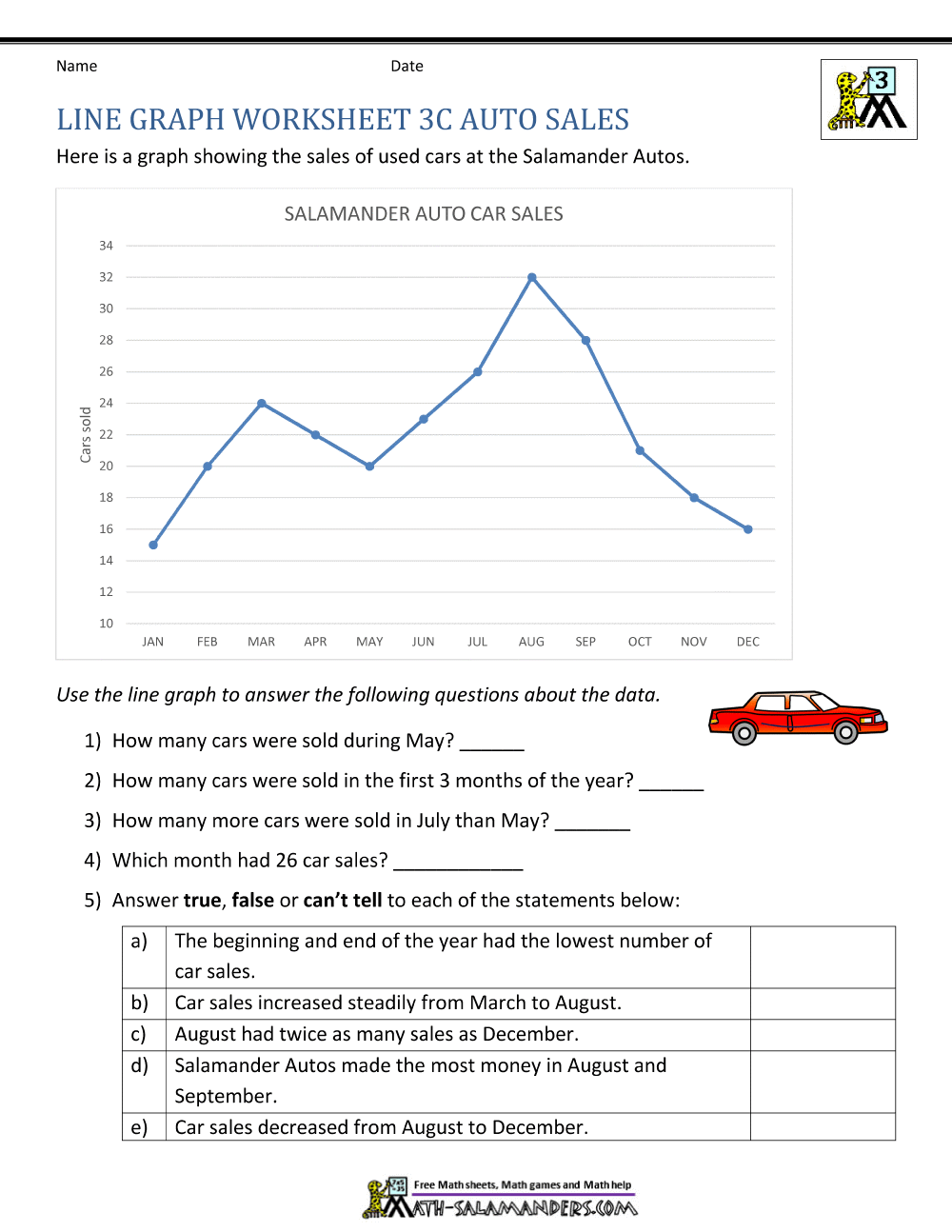

#Math graph how to#
Now that you understand how to determine whether or not a relation is a function by looking at a mapping, you are ready to learn to make this same determination just by looking at a relation’s graph and using a tool called the vertical line test. In other words, a relation represents the relationship between an input and an output, while a function-more specifically-is a type of relation where there is only one output for each input. Simply put, all functions are relations, but not all relations are functions. What is the difference between a relation and a function?įunctions are a subset of relations. The figures below show a graphic and map representation of the relation between a set of numbers and the square of those numbers. Mappings and graphs are the most common ways of representing relations.
#Math graph free#
This free Vertical Line Test step-by-step guide will teach you how to figure out whether or not a relation is or is not a function by looking at its graph and using a simple mathematical tool called the vertical line test.īefore you learn how to use the vertical line test, we will do a quick review of some very important vocabulary and definitions related to functions and relations.Īre you ready to get started? Vertical Line Test Definitions and Vocabularyĭefinition: A relation is how a set of inputs and outputs of a system are related to each other. Luckily, there is a simple and handy tool called the vertical line test that you can always use to see if a relation can be considered a function or not just by looking at its graph. Learning how to identify whether or not a given relation is a function is an extremely important math skill (most notably in pre-algebra and algebra). This is a video presented by Alissa Grant-Walker on how to calculate the coefficient of determination.What is the Vertical Line Test in Math? Key Question: What is the vertical line test function and how can it be used? For more information, please see [ Video Examples Example 1 To account for this, an adjusted version of the coefficient of determination is sometimes used. Thus, in the example above, if we added another variable measuring mean height of lecturers, $R^2$ would be no lower and may well, by chance, be greater - even though this is unlikely to be an improvement in the model. This means that the number of lectures per day account for $89.5$% of the variation in the hours people spend at university per day.Īn odd property of $R^2$ is that it is increasing with the number of variables. There are a number of variants (see comment below) the one presented here is widely used It is therefore important when a statistical model is used either to predict future outcomes or in the testing of hypotheses. In the context of regression it is a statistical measure of how well the regression line approximates the actual data. The coefficient of determination, or $R^2$, is a measure that provides information about the goodness of fit of a model. Contents Toggle Main Menu 1 Definition 2 Interpretation of the $R^2$ value 3 Worked Example 4 Video Examples 5 External Resources 6 See Also Definition


 0 kommentar(er)
0 kommentar(er)
